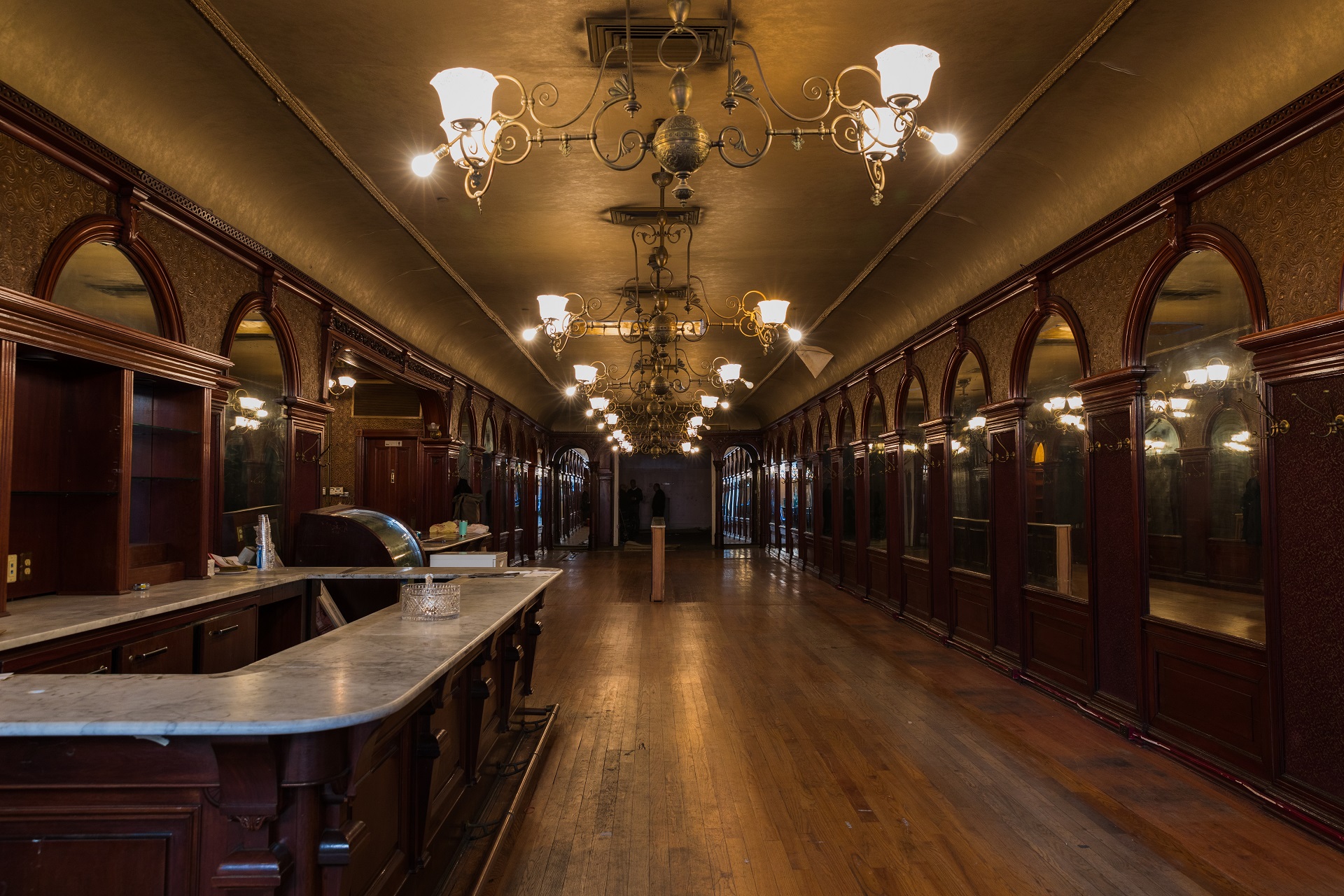Blueprints for the new Gage & Tollner: 125 years of menus, decor and staff

Gage & Tollner is set to reopen this fall, resurrecting a 125-year legacy of oysters and chops. Three of the borough’s most highly regarded restaurateurs, Sohui Kim and Ben Schneider (of The Good Fork) and St. John Frizell (of Fort Defiance) have approached the challenge with the zeal of anthropologists uncovering a long-lost metropolis. Drawing from menus, news clippings and even former staffers, the trio are looking to the past to inspire a new future, detailed here by Mary Frost.
This story is included in a five-part exploration of Gage & Tollner’s past, present and future. Other stories include:
- Gage & Tollner: A prestigious past charts an inspired future
- Gage & Tollner’s revival unlocks neighborly memories
- From our archives: The history of Gage & Tollner
- Podcast: The past, present and future of Gage & Tollner
Inspired by 125 years of menus past
The new Gage & Tollner may be undergoing some renovations, but co-owner St. John Frizell said that he and his partners plan on keeping the oyster and chop-house feel of the original restaurant, with modern enhancements to the menu.
